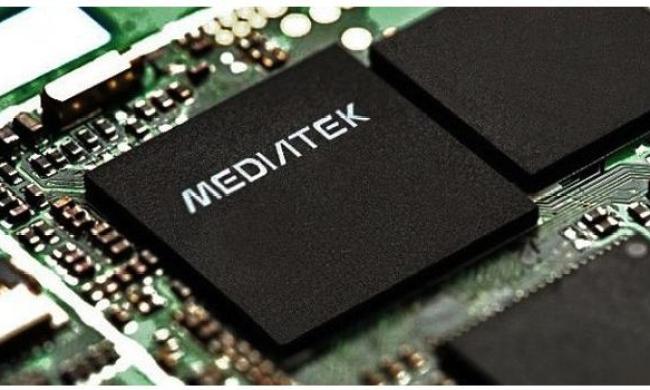
Smartphones designed primarily to appeal to mobile gamers are a growing niche, but the models that are available at the moment mostly occupy the higher end, and therefore carry steep prices. Processor manufacturer MediaTek has gotten in on the action with the Helio G90 series, chips designed for top-quality gaming on the move, complete with a new range of engines to optimize the experience. The good news here is that MediaTek has always focused on delivering premium features and performance on devices that don’t have premium prices.
Let’s talk about the technology. There are two new G90 series chips, the Helio G90 and the Helio G90T, although the difference between them is not clear. We’ve reched out to MediaTek to provide clarity, and will update here when we hear back. However, we do know the G90 uses the 64-bit ARM Cortex A76 and Cortex A55 octa-core platform — that’s what Qualcomm uses in processors like the Snapdragon 675 and 855 — with the ARM Mali G76 graphics processor (GPU), complete with the capacity for 10GB of LPDDR4 RAM. The Helio G90 chip will also support single cameras up to 64 megapixels or a dual-lens camera with a 24-megapixel lens and a second 16-megapixel lens.
To establish its gaming credentials, MediaTek has loaded the G90 series chips with its HyperEngine game technology, which is tailored to delivering great graphics, solid connections, and an excellent gameplay experience. For example, the network engine swaps between cellular and Wi-Fi connections when it notices one offers better speeds and stability than the other, while the resource management engine does something similar between the CPU and GPU for smoother framerates.
The picture quality engine adds HDR10 visuals and other color and contrast enhancements, while other features handle calls so the flow of data isn’t interrupted. It also has the ability to connect to two Wi-Fi routers or bands — even with a single Wi-Fi antenna — to maintain the connection and reduce latency. Another interesting non-gaming feature is support for two A.I. assistant wake-up words, so Hey Google will work for Assistant, while calling Alexa’s name will wake up Amazon’s assistant if the app is installed.
The G90 series is MediaTek’s first dedicated gaming-orientated processor. It follows the announcement of its groundbreaking 5G SoC, and also comes on the heels of the Helio P90. What we don’t know is when the G90 will arrive in a smartphone we can buy. The Helio P90, announced at the end of 2018, has not been seen in many phones yet, so we may be waiting a few months for the chip’s debut. However, given the expected $1,000 price of Asus’s ROG Phone 2, and the absence of an Honor Play successor, the introduction of a G90-powered, reasonably priced but capable gaming phone will be welcome.



